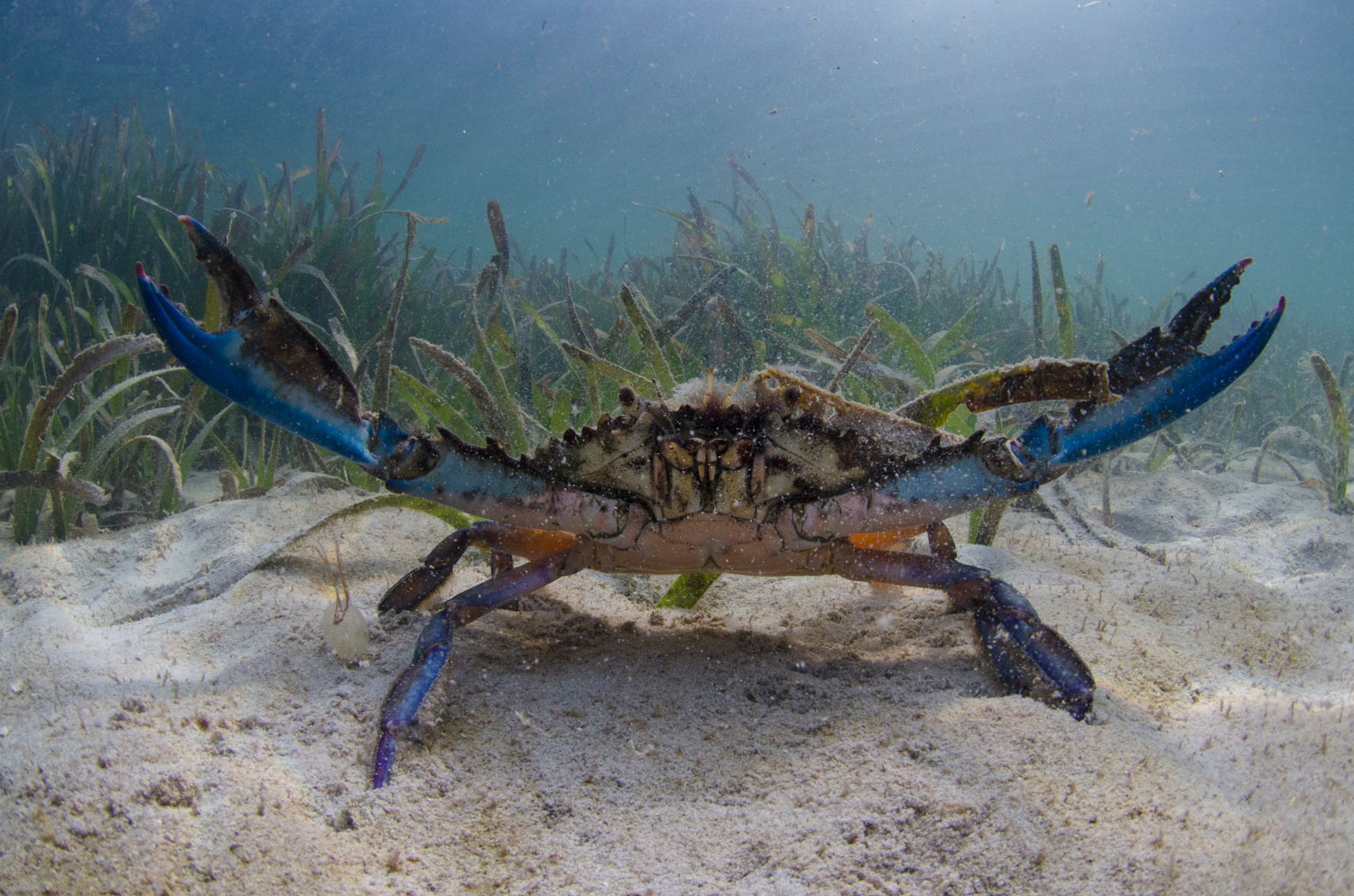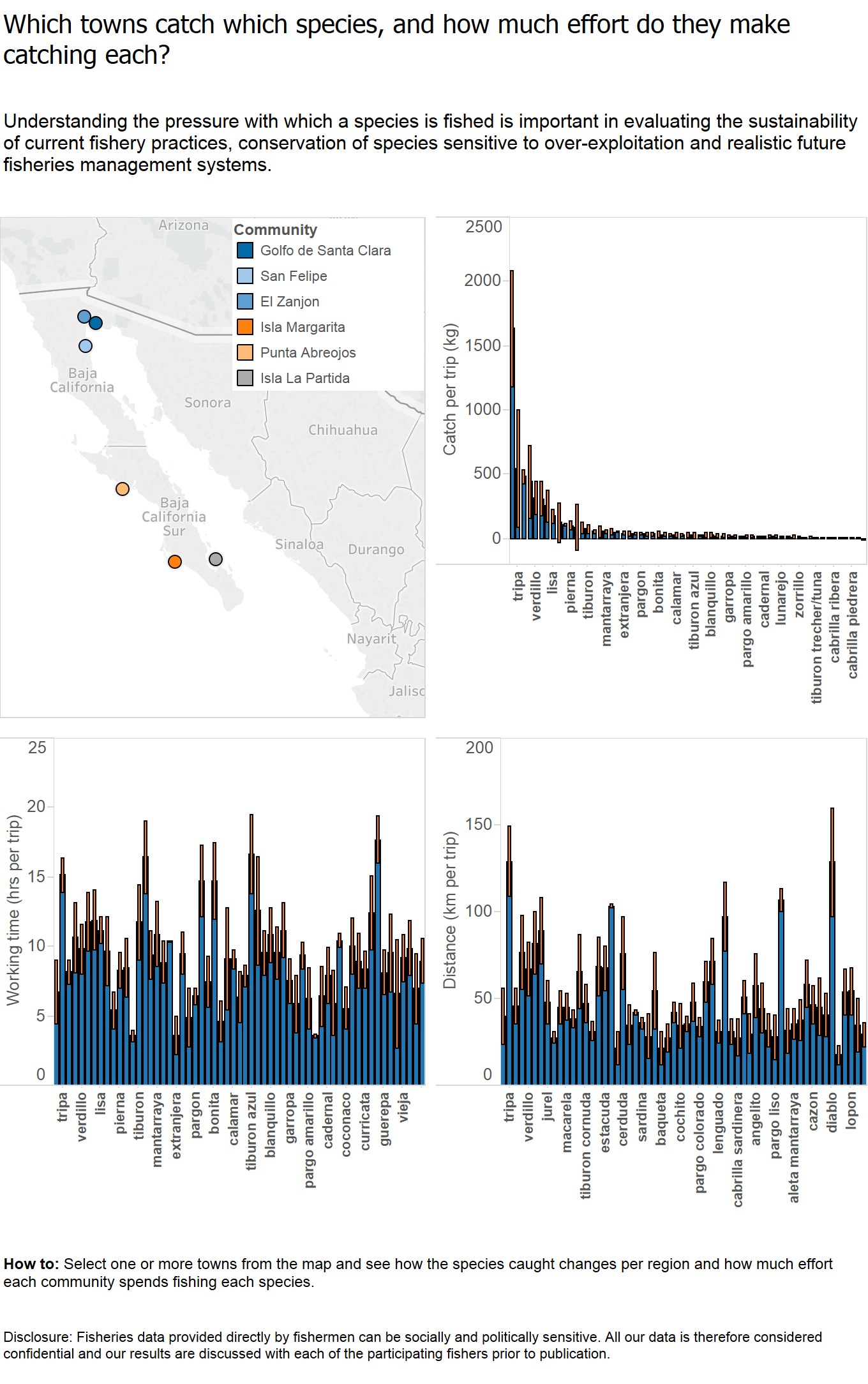Species specific exploitation: using collaboration with artisanal fisheries to record species distributions.

 Different fish live in different places and their distribution will determine when and where the fishers target them. By recording the quantity of each species taken and the sites at which they are caught it is possible to understand the movement patterns within a fishery based on the temporal presence of a species. In addition to understanding the patterns of the fishers’ movements, recording the location at which a species is caught provides valuable information about the natural distribution of that species in the area. Different fishes also have different market prices that are driven by the quality of the meat, the effort required to catch them and the amount each species appears in the markets from day to day. Information on the timings and locations of species catches throughout the year can therefore also help us explain and predict market prices for each species.
Different fish live in different places and their distribution will determine when and where the fishers target them. By recording the quantity of each species taken and the sites at which they are caught it is possible to understand the movement patterns within a fishery based on the temporal presence of a species. In addition to understanding the patterns of the fishers’ movements, recording the location at which a species is caught provides valuable information about the natural distribution of that species in the area. Different fishes also have different market prices that are driven by the quality of the meat, the effort required to catch them and the amount each species appears in the markets from day to day. Information on the timings and locations of species catches throughout the year can therefore also help us explain and predict market prices for each species.
Authors:
Ismael Mascareñas-Osorio, Alfredo Giron-Nava, Victoria Jiménez-Esquivel, Marcia Moreno-Baez, Catalina López-Sagástegui
Contact Information:
DOI:
10.13022/M3G59V
Affiliations:
N/A
Acknowledgements:
N/A
How to cite this story:
Ismael Mascareñas-Osorio, Alfredo Giron-Nava, Victoria Jiménez-Esquivel, Marcia Moreno-Baez, Catalina López-Sagástegui (2014): Species specific exploitation. Using collaboration with artisanal fisheries to record species distributions.. DataMares. InteractiveResource. http://dx.doi.org/10.13022/M3G59V